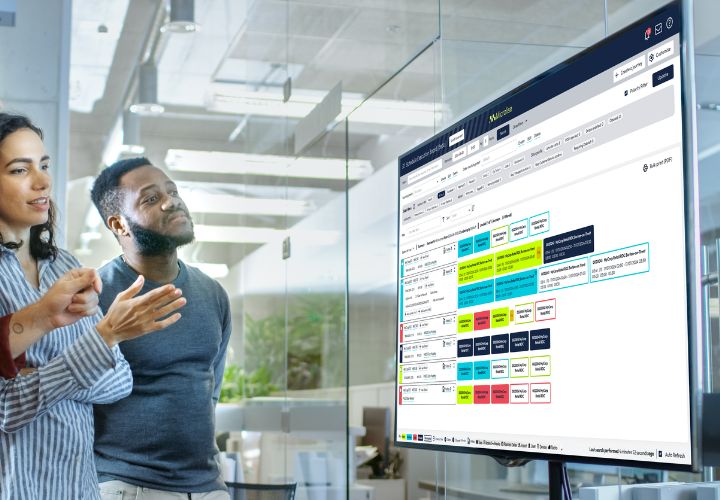In an industry driven by margins and minutes, the continued reliance on manual Proof of Delivery (POD) processes is not just outdated, it’s unsustainable.
Illegible paperwork, delayed cashflow, disconnected systems and frustrated drivers are still part of daily life for too many logistics operations.
We recently surveyed 250 logistics and transport leaders to understand the scope of the issue. The result? Manual POD isn’t a minor inconvenience, it’s a persistent threat to efficiency, profitability and growth.
The true cost of manual processes
Despite advancements in digital logistics, 84% of professionals we spoke to still spend time on manual POD every single day. And that time adds up quickly:
- 57% reported spending 1–2 hours per day
- 18% said they lose 3–4 hours
- 8% incur costs upwards of £250 daily
On average, businesses are losing 1.7 hours and £141.40 every day – or £51,469.60 annually – to outdated delivery workflows. That’s a tangible hit to bottom lines, cashflow and customer satisfaction.
Why ePOD alone falls short
While basic electronic POD is a step forward, it’s not the leap logistics businesses need. Scanning a signature or capturing a photo is helpful, but without full operational visibility, key challenges remain unresolved.
From paper trails to precision logistics
Today’s logistics operations demand more than digitised clipboards or disjointed software patches. They require unified, intelligent systems that connect planning, execution communication, and proof of delivery into a single, seamless experience.
The future lies in fully integrated delivery execution platforms – solutions that provide real-time control across the entire logistics journey.
Command centres for the modern supply chain
At the core of this evolution is the concept of a live, centralised operational board. Think of it as mission control for logistics. This live interface allows planners to dynamically assign jobs, track vehicles in real-time, respond instantly to disruptions and receive proof-of-delivery updates, all in one place.
No more juggling multiple systems. No more waiting on phone calls or paper returns. It’s logistics, live.
Visibility that drives value
End-to-end operational visibility – from pre-trip inspections to delivery sign-off – is now a necessity, not a luxury. And leading solutions in this space offer:
- Live PTA/ETA/ATA tracking to ensure every stakeholder is in sync
- Automated digital delivery notes issued the moment a job completes
- Instant invoicing to reduce depot bottlenecks and accelerate cashflow
- Real-time alerts to manage exceptions proactively
With everything logged and tracked digitally, teams shift from firefighting to foresight.
Empowering the people behind the wheel
Modern platforms also elevate the driver experience. In-cab technology now delivers live job lists, initiates truck-specific navigation and enables safe two-way communication without distraction.
The result? Improved compliance, route adherence and job satisfaction. And fewer miles wasted on detours or missed stops.
Execution with intelligence
Today’s most advanced logistics systems go beyond automation. They orchestrate every delivery with clarity and control, combining digital precision with meaningful human oversight.
This isn’t just about ticking boxes. It’s about execution with insight, impact and purpose.
Beyond the basics: What’s next?
“Good enough” is no longer good enough.
As the logistics industry continues to evolve, companies must ask whether their systems are simply functional or truly transformational.
If you’re ready to explore how connected journeys can drive real performance gains, join us on Wednesday 2nd July for our free webinar: Beyond ePOD: The Power of Connected Journeys

